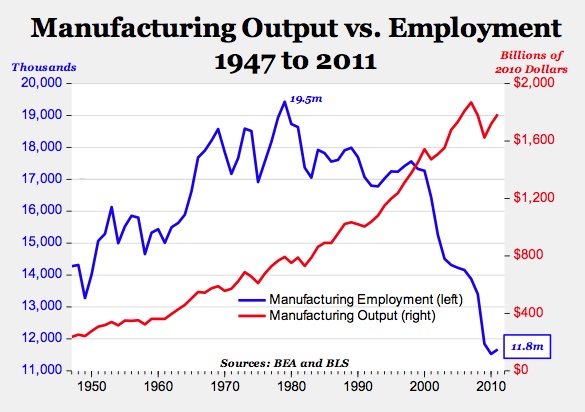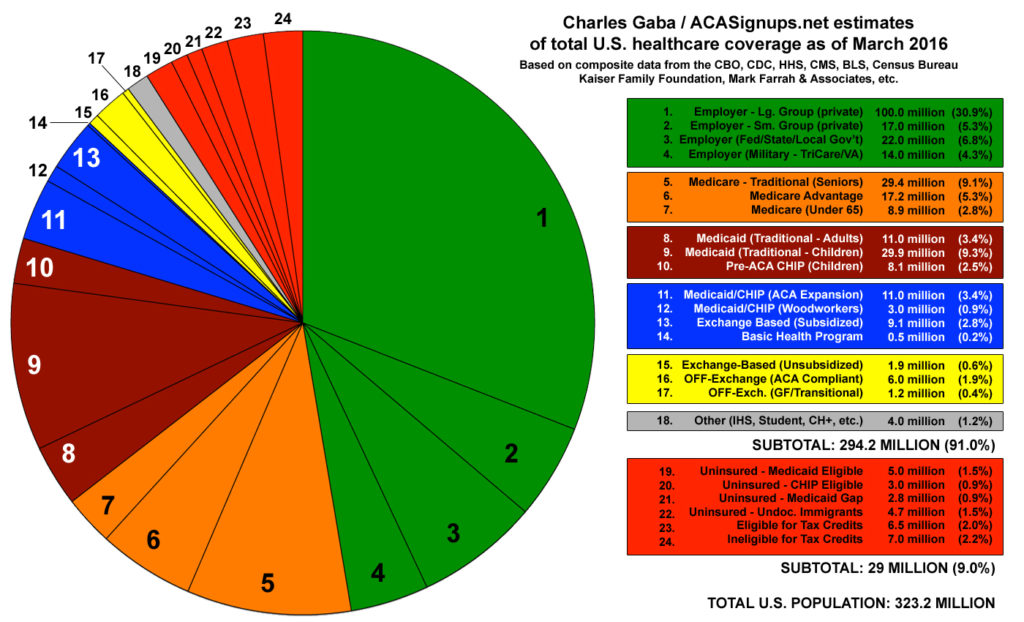Good morning all. Out in SoCal for the CompLaude event; looking forward to two days of great discussion about the good things in workers’ comp.
More evidence that WC medical trend is flattening
WCRI released it’s Indiana CompScope report earlier this week. Headline is medical trend flattened in 2014, with the change to facility reimbursement a likely contributor.
You can order it here.
CorVel
The TPA/managed care company released its Q2 earnings report yesterday; revenues inched up 3%, while earnings per share were down almost 16 percent.
EBITDA dropped from 14.8% to 8.8%.
According to the company, TPA revenues were up 13%, but:
“…staffing and adjusting to the new laws for time management resulted in recruiting expenses and legal fees. The Company is also experiencing extended sales cycles due to the economic uncertainty in the healthcare marketplace caused by the election and the evolving conditions under the Affordable Care Act.”
CorVel is primarily a work comp player. I don’t know why ACA would effect CorVel’s work comp business; I can speculate that the soft work comp market (except in California) is not helping TPAs grow top line or earnings. While CorVel’s 13% increase in TPA revenues is exemplary, one has to wonder if they are buying business. The precipitous margin decline indicates pricing is indeed an issue.
You can read the earnings call transcript here. Suffice it to say there’s a lot of talk about structural issues extending sales cycles and blame placed on external factors.
This means – CorVel still hasn’t figured out how to effectively compete in the TPA business.
Deals…
Mitchell just announced they completed two acquisitions. Specialty bill review firm Qmedtrix and work comp PBM IPS were added to the portfolio. IPS joins CogentWorks, CompToday, AutoRx and Jordan Reses under Mitchell’s Pharmacy Solutions business; Brian Anderson will continue to lead that (congratulations Brian).
Qmedtrix will become part of Mitchell’s SmartPrice Solutions; that business includes FairPay Solutions and National Health Quest. Looks like the individual names will go away as Mitchell rebrands the offering under the SmartPrice name.
This means – more consolidation in the work comp PBM business, and a more viable PBM offering for Mitchell
Work comp drugs
Today’s WorkCompCentral has a great piece by Elaine Goodman about the reduction in opioids enjoyed by Optum’s work comp payer customers. According to Optum:
- the percentage of patients using opioids dropped by almost 5%
- average morphine equivalents decreased 4.7%
- the number of scripts per claim dropped 1.7%
Optum isn’t the only PBM delivering results; Coventry and Express Scripts helped their payer customers reduce the use of compounds by almost a third.
And, continuing a six-year trend of reductions in drug spend, Optum data indicates drug costs per claims fell another 4.6% in the first seven months of this year compared to last.
This means – PBMs continue to deliver for work comp patients and payers.




